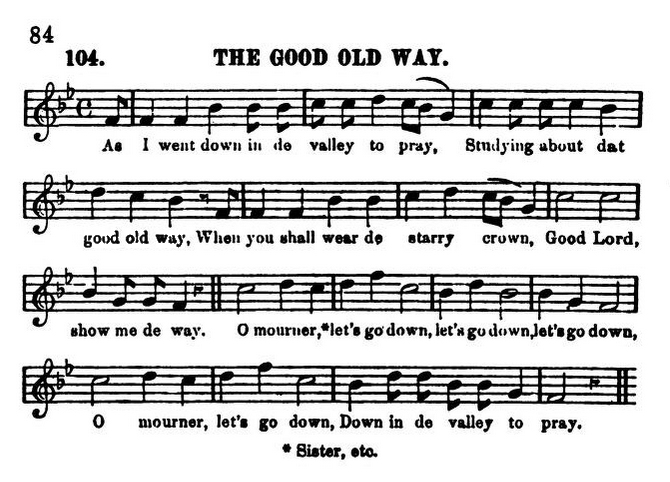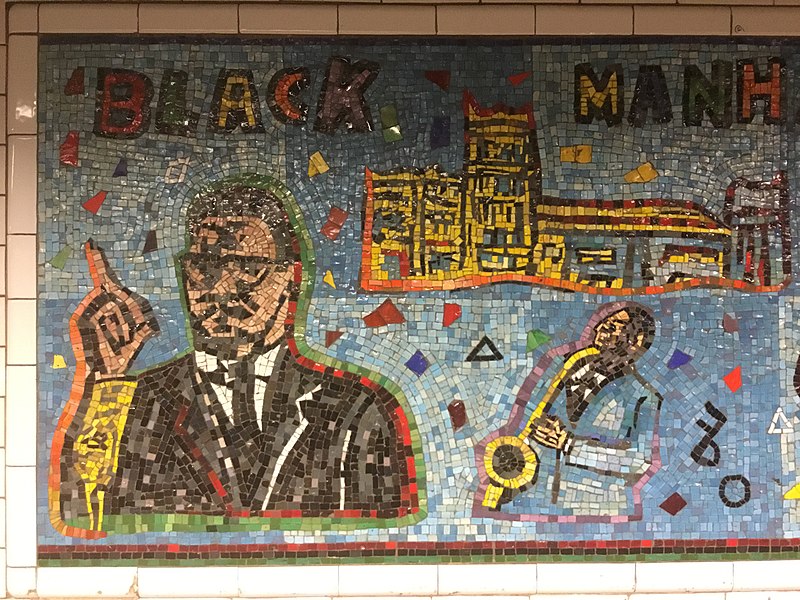
A Cultural Evolution
It does not make sense to reinvent the wheel; instead, seeing how far it has traveled is a more worthy approach. This principle applies to many aspects of life, including the cultural movements surrounding African American musical expressions. Just as the musicians, artists, and poets of the Harlem Renaissance firmly established an identity for themselves during the mid-1920s, the jazz genre is African American's first form of music not bearing the grit of slavery-"freedom music" as some refer to it. However, freedom still had a price in post-slavery America. Despite the Thirteenth, Fourteenth, and Fifteenth Amendments, being Black within a White supremacy social framework evoked a cultural response in unprecedented ways. For instance, music expression not tied to Western music notation was at the core of that artistic response. The "faint tinge" missing from Garrison, Ware, and McKim's spiritual transcriptions found in Slave Songs in the United States (1867), underscores the point because Black music is not meant to be performed the same way each time and notation cannot represent all its performance nuances.
In "Hip-Hop Ethos," Anthony Harrison and Craig Arthur relate the genre of hip-hop to the Harlem Renaissance and claim, "An investment in hip hop includes recognizing the importance of its history, which intertextually means recognizing the other expressive traditions it engages with. It also means recognizing the centrality of Blackness in its formation, evolution, and future" (Harrison & Arther 2019, 12). Furthermore, according to Michael Eric Dyson (quoted in Harrison & Arthur 2019, 3), hip-hop "foregrounds everyday experiences of the 'so called [Black] underclass, romanticizing the ghetto as the fecund root of cultural identity'" and as the main source of Black creativity.
Similarly, many of hip-hop's characteristics can be traced to Zora Neale Hurston's (1934) observations of Black vernacular traditions. These include:
- A "will to adorn," which inspires performative dramatization and extraordinary ornamentation surrounding the way Black people walk, talk, dress, and act out their everyday lives (24)
- An emphasis on angularity and asymmetry-in both the visual and dispositional sense-thus encouraging avoidances of convention and predictability (26)
- An understanding of originality that is grounded in reinterpretation and "the modification of ideas" (28)
- An appreciation of mimicry as "an art in itself" (28)

Art must discover and reveal the beauty which prejudice and caricature have overlaid.
(Locke 1925, 264)








